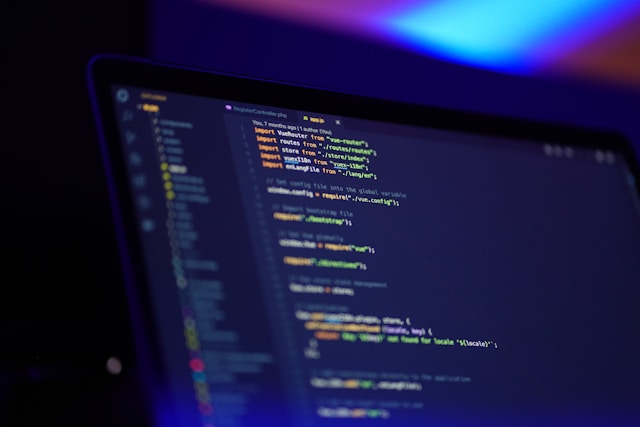Analyzing data is very important. It helps us learn new things, especially when we need to check how well something or someone is doing. Imagine you’re dealing with repetitive jobs; the correct tools will make your work easier. R, a type of programming, is a great tool for analyzing data.
It helps in making detailed number models and amazing pictures of the data you’re studying. Interestingly, it also makes your work easy through automation and can handle lots of data with ease. Let’s look at why R is great for analyzing test data and why so many people love it.

5 Ways R Programming Enhances Test Data Analysis
1. Advanced Statistical Modeling
R makes tricky number tasks easy! It’s like a toolbox full of tools for every job, whether you’re trying to predict the future with numbers, test out ideas, or examine how one thing affects another. Have big calculations to do? No problem! R’s got built-in tricks to make them easy.
It helps you spot interesting patterns in test data that you might miss otherwise. If you’ve taken an R course or tutorial before, you’ll know how intuitive it feels once you get a grip on these features. It quickly turns number data into things you can act upon, making your analysis easy.
2. Data Visualization Made Easy
Looking at test data can be complicated. Often, a picture or graph can tell the story better than just numbers. This is where R comes in. R is a tool that makes it easier to create visuals of the data. It has robust libraries like ggplot2 and lattice that make data visualization even easier.
Using R lets you change hard-to-understand data into simple pictures like bar charts, dot plots, color maps, or any other type of graph that you need. When you show your data through pictures, you can see patterns or data anomalies more quickly.
Plus, it’s an easy way to share your knowledge with others. Even if someone is not tech-savvy, they can still understand the results through clean and official-looking visuals quickly using R.
3. Automation and Efficiency
R programming makes work simple by doing repeated tasks automatically. This saves you lots of time. Let’s understand this with an example. Say you have test data that needs cleaning or changes every time, R can help. You write instructions, called scripts, for R to do this work.
You can use these scripts for many projects. So, your work becomes fast and steady. Also, R works smoothly with other tools. This means you can make full tasks automatic-from getting data to giving analysis results. If R does the hard work, you can spend time understanding results and deciding what to do next. You won’t waste time doing slow manual work.
4. Handling Big Data Sets
Working with lots of data can be tricky, but R makes it simple. It can use big libraries like data.table and dplyr. This helps it work on big sets of data fast, with no lag.
Even with thousands or millions of rows of data, R gets the job done. It’s great for testing data. Plus, R can work with big data tools like Hadoop or Spark. This makes it great for working with truly giant sets of data. No matter how much your data grows, R stays quick and correct. It keeps your work easy and free of stress during analysis tasks.
5. Open-Source Flexibility
It’s no secret that R is a really cool tool that anyone can change or make better because it’s open-source. This means that people all over the world work on it and make it better by adding new things and keeping it up to date. It also means you have access to the best tools.
Open-source is great for total flexibility. You can make it fit your project by creating your own codes or using special libraries. Not having to pay fees to use R makes it a great choice for everyone. Plus, working together keeps R fresh and creative for all its users.
R Programming Can Really Improve Test Data Analysis
R programming is a super tool. It can change how you look at testing data. It can make things quicker, simpler, and deeper. There are cool features in it like smart modelling, automation, and data presentation. These can help you work better and understand your data more.
Want to be better at using R? Look at tutorials or take a course on it. The quicker you start, the sooner you’ll see how cool it is. You can then use your data to make smart choices!


Leave a Reply